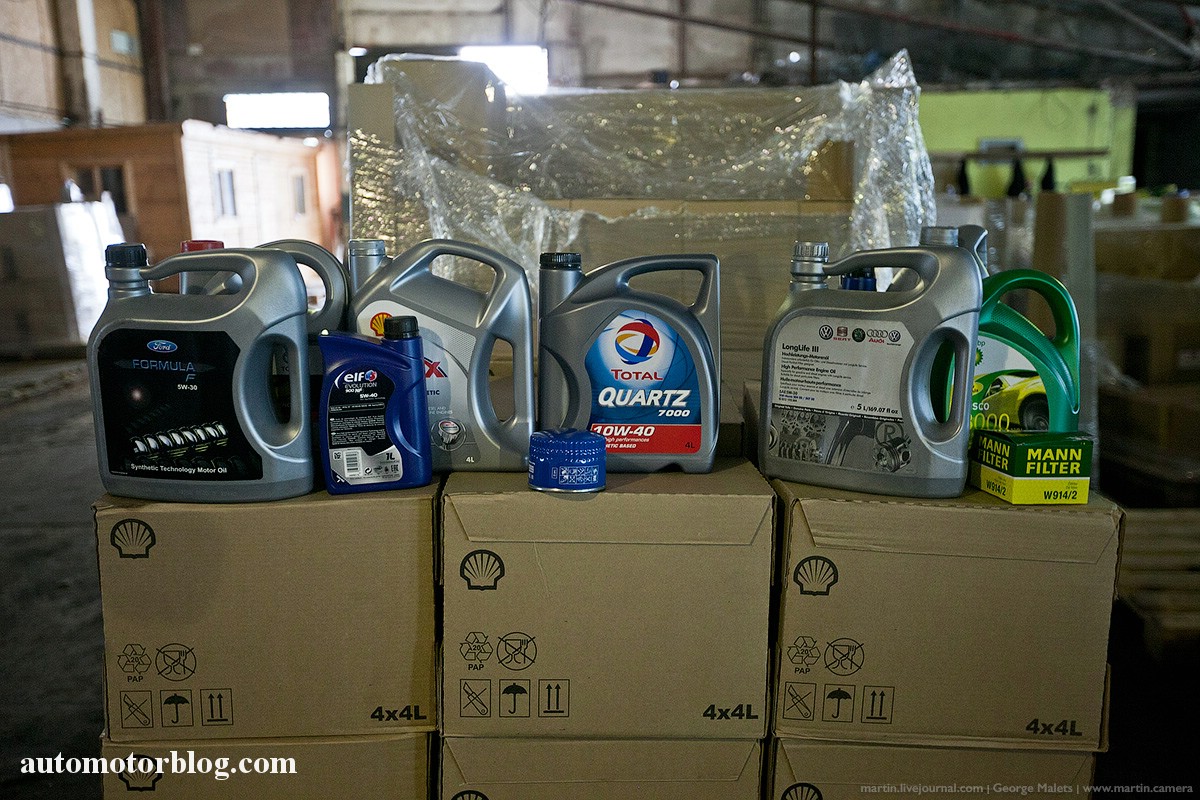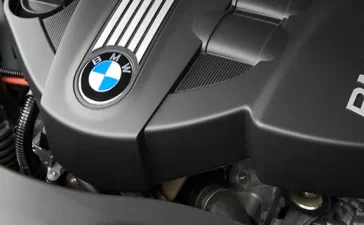Some people love to learn all the little details of their cars and how they work. Others just want them to travel reliably from A to B with as little maintenance as possible.
Introduction
Whatever your curiosity level when it comes to car mechanics, it is useful to have an understanding of the basics. Knowing how the main parts work, especially those which need regular care or replacement, has a number of clear advantages.
First-time car owners, in particular, should be encouraged to get to know the basics of their vehicles. Being naive to what can go wrong can make new drivers complacent and leave them unprepared when parts do fail.
A well-maintained car will stay roadworthy for longer, helping you get the best value from an expensive purchase. It will also be safer to drive, with less likely to go wrong and less chance of an accident.
Of course, with so many complicated moving parts, trying to understand a vehicle can be incredibly daunting at first. When broken down into key elements, however, gaining the necessary working knowledge is easier than you might think.
One of the most important parts of any car to understand, regularly check, and replace, are its tires. Incorrectly inflated or overly worn tires not only damage your car’s efficiency but can also make driving dangerous.
Knowing how to tell when a tire is ready for replacement can keep your vehicle safe and save unexpected expenses. Tires can be costly, being prepared gives time to explore best value options such as alternate suppliers or payment plans.
The first thing any car owner should do is learn how to find and decode the information on their tires. This may appear in the manufacturer’s documents, but all the information is also clearly displayed on the tires themselves.
The outside edge of every tire you look at will be filled with logos, words, and numbers. All the pertinent information can be found in two key places.
Maximum Air Pressure

This is perhaps the single most important piece of information any driver needs to know about their tires. Your maximum air pressure tells you exactly how much each of your tires should be inflated for maximum efficiency.
This is usually displayed as a number next to the words MAX PRESS, MAX PSI, MAXIMUM PRESSURE, or similar. For average road cars, it is likely to be between 30 and 50, though there are exceptions.
Your tires should be inflated to, and maintained at, a pressure as close to this number as possible. Over-inflation causes uneven wear, poor road contact, and reduced grip, under-inflation reduces fuel efficiency, increases wear, and lowers control.
Size and Specifications

The next key information comes in the form of a long chain of numbers and letters similar to 205/55R1688V. To the untrained eye, this is incredibly confusing, but when you break it down it is fairly easily interpreted.
In the above example, 205 represents the width of the tire in millimeters, and 55 is the height ratio. So, this tire is 205 mm wide, and its height is 55% of that, so 112.75 mm.
R tells you the tire is of a radial construction type, 16 is the internal diameter of its rim. 88 is the maximum recommended kilogram load for the tyre, and V references a predefined chart to advise maximum speed.
Knowing this information allows you to purchase the correct replacement when it is time to fit new tires. It also helps prevent you from overloading your vehicle or travelling at speeds that might jeopardise tire safety or efficiency.
The other key detail any driver should know about their tires is the tread depth. This should be regularly checked and maintained in order for driving safety to be preserved.
The tread on all tires should be no less than 1.6mm at all points of contact with the road. The width of a 20p coin is a simple guide for when tread is too worn, and replacement is due.
Conclusion
Knowing how to find, understand, and check these basic pieces of information are incredibly valuable for any driver. This knowledge and diligence will help keep you safe on the roads and improve your car’s longevity and efficiency.
So, whether you are driving your first car or your tenth, take time to get to know your tires. It only takes a few minutes, but it might save your life, and it will certainly save you money.












